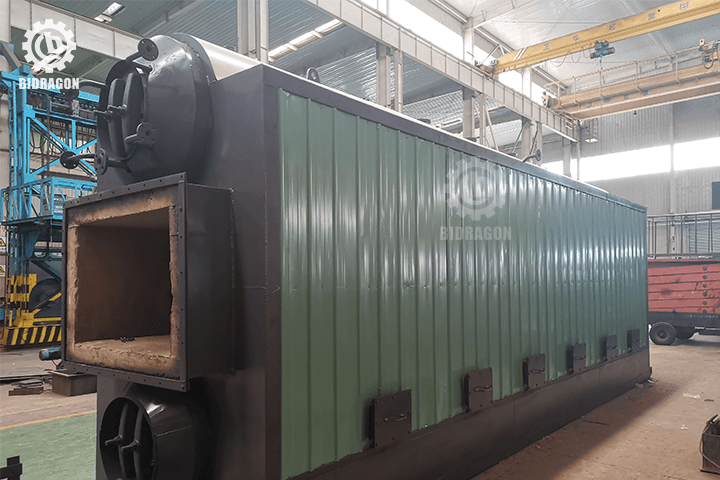
Heat Recovery refers to the process of capturing and reusing waste heat generated from industrial operations, power generation, or other thermal processes—heat that would otherwise be discharged into the environment. This recovered heat is redirected to meet energy demands like preheating materials, space heating, or generating additional power, reducing reliance on fresh fuel inputs.
A Heat Recovery Boiler (HRB) is specialized equipment designed to capture waste heat from high-temperature exhaust gases, flue gases, or industrial effluents. It uses this recovered heat to heat water or other working fluids, producing steam or hot water without burning extra fuel. The key advantages of HRBs include significant energy savings (lower fuel consumption and utility costs), reduced greenhouse gas emissions (minimizing environmental impact), and improved overall energy efficiency of industrial or power systems, making them cost-effective and eco-friendly solutions.

It is better to select the boilers with same capacity or combustion equipment. If different, the max limitation is two models, to decrease the problems of equipment layout and management.